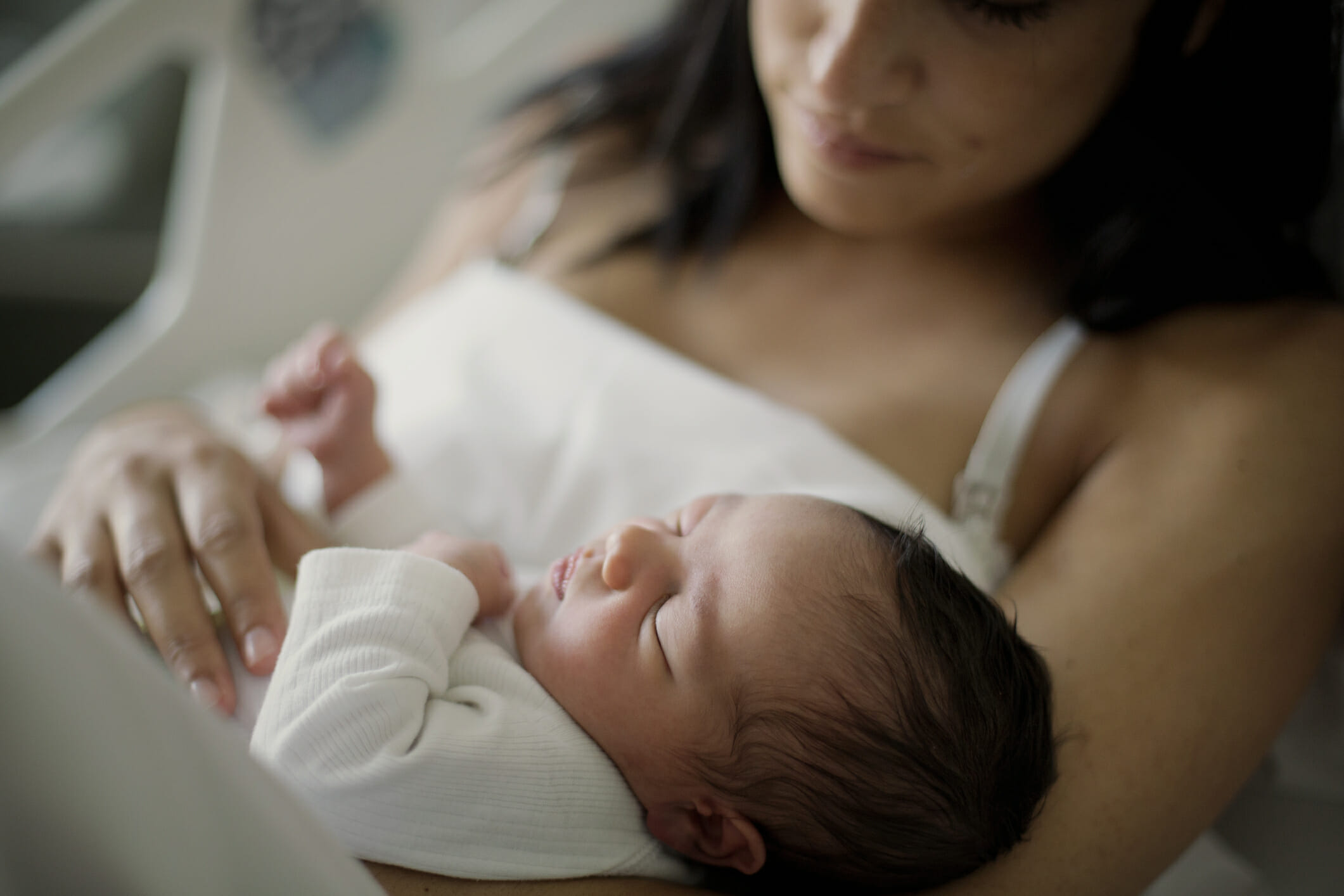Childbirth is associated with an increased risk of triple-negative breast cancer (TNBC) that persist over time, according to research published in the Journal of the National Comprehensive Cancer Network.
Patients with 1 or more births had an increased risk of TNBC that, in some cases, persisted many years after the last birth.
The risk of other intrinsic-like breast cancer subtypes varied but was lower, overall, among parous patients than among nulliparous patients.
With this study, researchers set out to characterize the relationship between reproductive factors and intrinsic-like breast cancer subtypes. The team studied data from 23,353 patients with breast cancer and 71,072 control individuals.
When compared with nulliparous patients, uniparous patients had an increased risk of all cancer types within the first 5 years after birth. The odds ratio (OR) was 1.16 for luminal A-like breast cancer, 1.34 for luminal B-like breast cancer, 1.75 for luminal B-HER2-like breast cancer, 1.49 for HER2-enriched-like breast cancer, and 2.50 for TNBC.
The risk of breast cancer decreased over time for uniparous patients, and they ultimately had a lower risk of luminal A-like, luminal B-like, luminal B-HER2-like, and HER2-enriched-like breast cancer.
The risk of TNBC decreased over time as well, but the risk of TNBC remained elevated beyond 55 years for uniparous patients compared with nulliparous patients (OR, 1.34).
A similar pattern was observed for biparous patients. For all subtypes, the cancer risk was elevated in the first 5 years after the last birth but decreased over time, and biparous patients largely had a lower risk of most breast cancer subtypes.
However, the risk of TNBC was high in the first 5 years after the last birth (OR, 3.59) and remained elevated until the 35-year mark (OR, 1.36) for biparous patients.
For multiparous patients (with 3 or more births), the breast cancer risk was increased in the first 5 years after the last birth, and risk fluctuated over time. The risk of luminal A-like, luminal B-like, and HER2-enriched-like breast cancer remained elevated up to 15 years after the last birth. The risk of luminal B-HER2-like breast cancer remained elevated up to 10 years.
The risk of TNBC was high in the first 5 years (OR, 3.12) and remained elevated up to 30 years after the last birth (OR, 1.03) for multiparous patients.
“This large and comprehensive study demonstrates a distinct reproductive risk factor profile for triple-negative breast cancer compared to other subtypes, with implications for the understanding of disease etiology and risk prediction,” the researchers concluded.
Reference
Jung AY, Ahearn TU, Behrens S, et al. Distinct reproductive risk profiles for intrinsic-like breast cancer subtypes: Pooled analysis of population-based studies. J Natl Compr Canc Netw. 2022;djac117. doi:10.1093/jnci/djac117
This article originally appeared on Cancer Therapy Advisor
